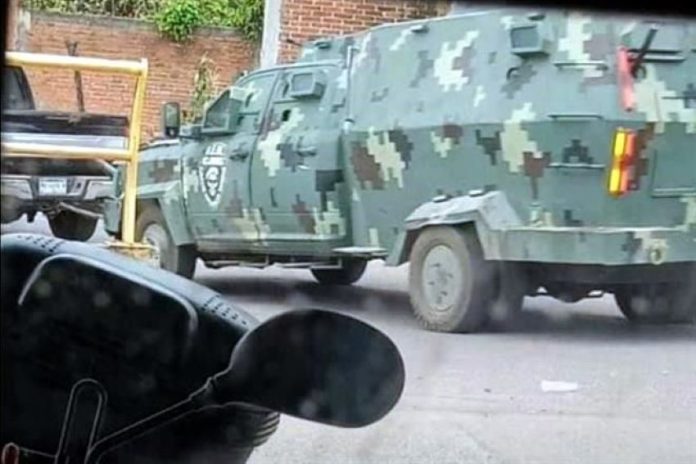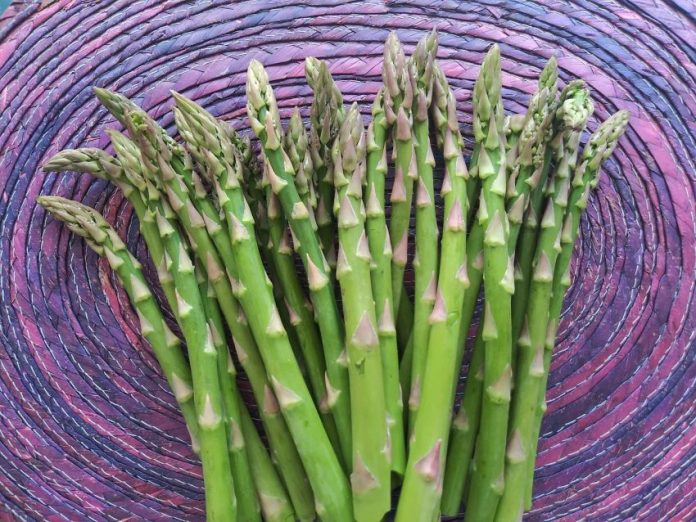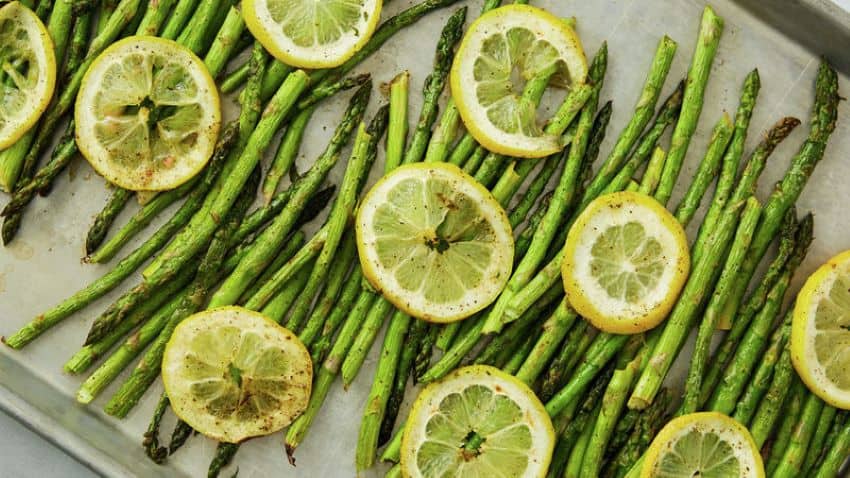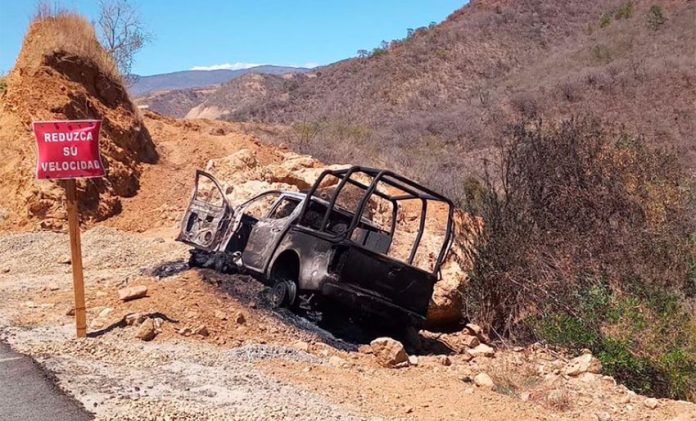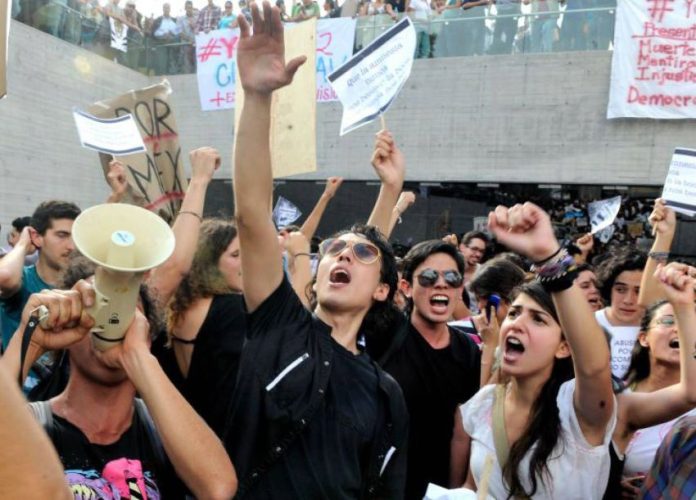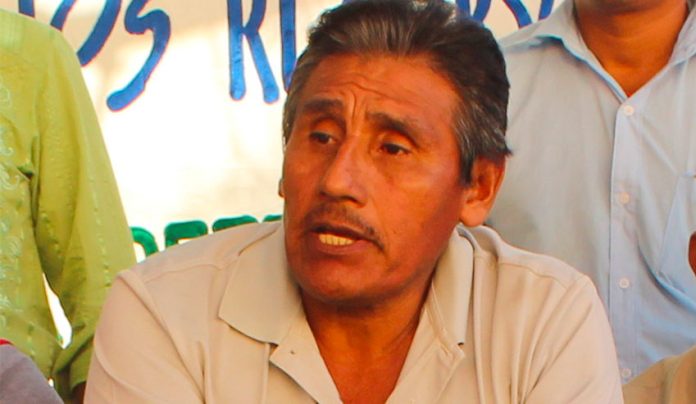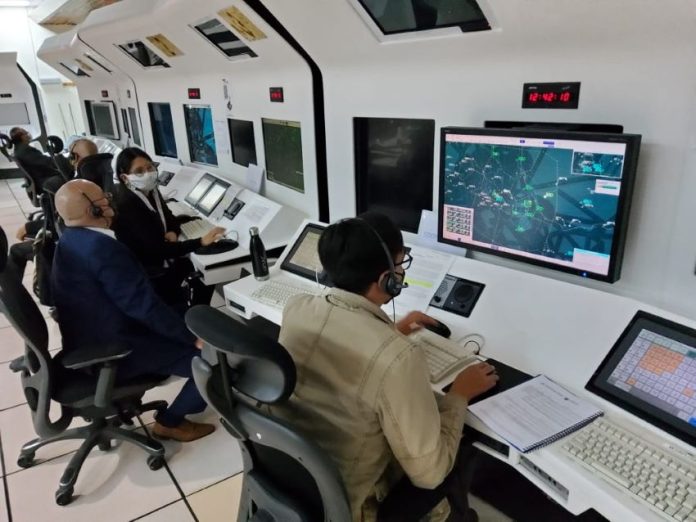The Jalisco New Generation Cartel (CJNG) is believed to have killed as many as 27 members of a rival criminal organization in a massacre in Michoacán last week.
The Twitter account Unidad de Inteligencia Ciudadana (Citizens’ Intelligence Unit) said in a post last Wednesday that 26 members of the Cárteles Unidos were killed by the CJNG in Aguililla, a municipality in the notoriously violent Tierra Caliente region and the birthplace of Nemesio “El Mencho” Oseguera Cervantes, leader of the CJNG and a wanted man in Mexico and the United States.
The news website Infobae reported that the death toll from the massacre could be as high as 27.
Above three graphic photographs showing slain bodies and decapitated heads, the Citizens’ Intelligence Unit wrote that members of the Cárteles Unidos of Aguililla surrendered to the CJNG during a confrontation and were subsequently executed.
“Eight of them were beheaded. The regional boss Chirrios Revueltas managed to escape,” the post said.
The Michoacán Attorney General’s Office (FGE) announced last Thursday that eight decapitated bodies had been found in Aguililla.
The FGE has not refuted reports that as many as 26 or 27 presumed criminals were massacred.
It said the eight decapitated bodies, all of which bore gunshot wounds, were taken to a state government morgue, where autopsies were to be carried out.
However, the bodies — and possibly those of the alleged additional victims the Michoacán government has not publicly acknowledged — disappeared from the morgue, according to media reports and the Citizens’ Intelligence Unit.
A post by the latter said last Thursday that 26 bodies and eight heads had disappeared from the morgue.
“Family members of the Cárteles Unidos of Aguililla gunmen who were massacred by the CJNG are asking for help to make it public that the bodies that were moved to the morgue disappeared and [that the authorities] don’t want to hand them over anywhere,” the post said.
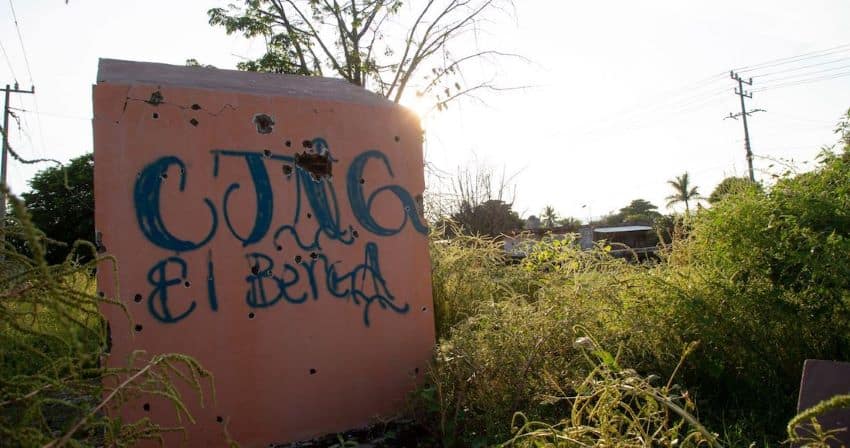
Presumed CJNG members were again flexing their muscles in Aguililla on Monday, arriving in the municipal seat in the early morning. El Universal reported that the heavily armed cartel members entered via the community of Dos Aguas despite an army and National Guard checkpoint being located there.
Their arrival at the municipal seat caused some residents to flee their homes in fear, according to media reports. A video posted to social media showed an armored CJNG vehicle and a black SUV that also allegedly belonged to the cartel driving through the streets. Social media posts also said that gunshots were heard starting early Monday morning.
“Be careful, bullets are falling on houses …,” said one post on Facebook. However, there were no reports of additional deaths on Monday.
The news website Sin Embargo reported that seizing control of the municipality, which occurred either Monday or last month according to different media reports, is an “enormous trophy” for the CJNG. It said that a range of different criminal groups — including the Milenio Cartel, the Caballeros Templarios (Knights Templar cartel) and more recently the Viagras — have previously controlled it.
“Local organized crime forces have defended this point, even from the Mexican government, because it’s the entry to the Tierra Caliente [region], …where the drug is cooked,” Sin Embargo said, apparently referring to the manufacture of illicit substances such as methamphetamine and fentanyl.
Although some media reports said the CJNG seized Aguililla on Monday, there is evidence that the cartel, generally considered Mexico’s most powerful criminal organization, has been in control of the municipality for some time.
A video in which members of the cartel show off an armored “narco-tank” in broad daylight in El Aguaje, a town in Aguililla, surfaced on social media a month ago. The tank, towed by an armored vehicle emblazoned with the CJNG initials, was apparently seized from the Viagras.
A report published in March by the newspaper El País said the CJNG had seized control of Aguililla after waging a war against rival organizations for months, if not years. It was reported in late 2019 that El Mencho wanted to return to his home town and that the CJNG was making preparations for that to occur.
The Jalisco cartel has also recently attacked several other towns in Michoacán’s Tierra Caliente region. According to a report by the news website Zeta, armed men routinely arrive in Michoacán towns and shoot up public buildings, including government offices, police stations and schools, as well as businesses and parked cars. If they see any members of rival criminal groups, they attack them as well.
The CJNG’s goal is clear: to control as much territory in Michoacán as it can. Zeta said that a “new war” is taking place in the state, with new offensives every day. The CJNG is determined to take control of all illicit activities, including drug trafficking, kidnapping, fuel theft and extortion, according to Zeta.
Meanwhile, ordinary residents are terrified of the criminals and the violence they generate. Some have even resorted to digging trenches across highways in an attempt to stop the CJNG from entering their communities.
But efforts to thwart the cartel’s Michoacán incursion, including those by government security forces, have not stopped the organization from expanding its influence. For its part, the CJNG has said in videos posted online that it will “liberate” Michoacán residents from the stranglehold of other criminal groups.
However, for many residents, the increased sway of the CJNG in the state certainly doesn’t feel like a liberation.
Violence has long been a problem in the state, Mexico’s largest avocado producer and home to the important port city of Lázaro Cárdenas – through which drugs and other illicit goods pass, but according to many analysts, the situation is worse now than it has been for years. According to Zeta, there is not a single one of Michoacán’s 113 municipalities where crime and violence isn’t a problem. Some, however, are far worse off than others, with frequent outbreaks of violence on the streets.
Among the most violent are Uruapan and several Tierra Caliente municipalities, including Tepalcatepec, which has also seen CJNG massacres, and Aguililla.
Source: Infobae (sp), El Universal (sp), Reforma (sp), Sin Embargo (sp)
